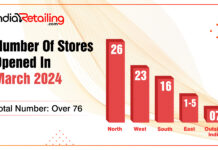Food is the largest retail consumption category in India, accounting for 33 per cent of the overall consumption expenditure. It is also the largest opportunity area, especially in times when market dynamics are changing dramatically and consumer behaviour is no longer generic.
1. Technology is Changing Shopping Behaviour

In today’s market, anything is possible – a grocery store where you don’t have to stand in a check out queue, where you don’t need to fish for your wallet to pay and where all that you want gets automatically delivered to your shopping basket, rather than tediously looking through racks and racks of SKUs at the store! Technology is changing shopping behaviour across categories in India.
The old paradigms are changing every day and already the definition of ‘going’ shopping has assumed several meanings in an urban shopper’s life.
The first big change is the fading boundary between the brick-and-mortar and digital world. The shopper is moving seamlessly between the physical and digital world, and the mobile is fast becoming the central processing unit of her life! She is buying more and more food online – grocery buying on the Internet has grown by 14 per cent over the last year. Over all, F&G e-tailing is the fastest growing category in India.
2. E-commerce Vs Brick-and-Mortar

However, while e-commerce is growing, brick-and-mortar continues to be the mainstay of food retailing in India. And clearly, brick and mortar is here to stay. The powerful sensory experiences of visiting a physical store has a great impact on the purchase behaviour – the smell of bread, the sight of fresh fruits and vegetables, the excitement of unplanned discovery, and the comfort of human interaction cannot be undermined.
This does not imply that all is well – brick-and-mortar F&G stores of the future need to be clearly positioned, be relevant and differentiated from other retail channels. The consumer’s enthusiasm to visit the store is directly proportional to their expectations being met – the shopping experience, store design, service, variety and uniqueness of the product.
We are almost moving to me-tailing as the newest format of customised, bespoke shopping experiences of the future customers in urban India.
In the hitherto small category of modern format stores, convenience seems to be the biggest driver of visitation – the fact that all categories and brands are available under one roof. It is apparent that “location convenience”, customised services and easy goods return/exchange facilities drive a customer towards kirana stores while product choice, efficient store-management and value enhancing services attract customers towards
modern retailers.
Many consumers, in fact, equate grocery shopping to be an enjoyable activity that enhances their sense of self and creates positive feelings.
Some older consumers look forward to their monthly/ weekly grocery shopping trip to the kirana store as an important social activity, rather than just another chore. Technology can create convenience, but may not substitute a real shopping experience.
3. Kirana Stores
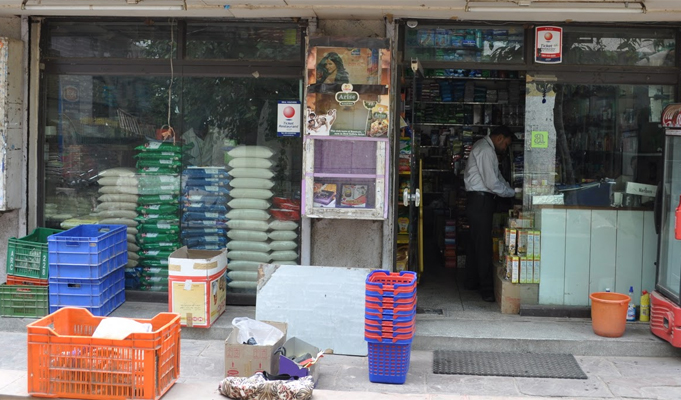
Kiranas, in fact, have emerged the biggest winners in the race towards modern retail. While international and national biggies experimented with their store formats, kiranas quietly and swiftly redeemed themselves by forging stronger engagements with consumers. So much so that today the retail giants in India are tying up with local kiranas or neighbourhood stores to boost their operations.
Women, mothers particularly, continue to be ánnapurnas, shouldering the onus of nutrition for Indian families. The only shift in their behaviour is the near perfect juggle between time consuming home-made food and the quick and convenient ready to eat/ packaged food. It is also an ongoing tussle between health and convenience. And while she goes food shopping, the factors influencing her food & grocery shopping are: budget, promotional strategy, festival offers, discounts, availability, billing speed and ambience.
As part of IMRB’s retail practice we continuously connect with the physical and online marketplace to understand the consumer from the consumption and psychographic point of view, and by looking and analysing the trends. We look at how consumers are shopping, track their preferences and offer insights on how retailers and CPG companies can use these insights to improve the shopping experience, drive increased footfalls and sales across channels. We also examine this data to determine the trends – how shopping behaviour is changing and how it affects the future of F&G retail in India.
Some of these trends are predictable and in line with the conventional wisdom, like, for example, we know that in absolute terms, the amount spent on food increases with a rise in income, etc.
However, there are other trends that indicate paradigm shifts in the consumer buying behaviour, like, for example, the change in the food palate of the Indian consumer, and the passionate adoption of ‘foreign’ foods in daily life.
4. Key Trends
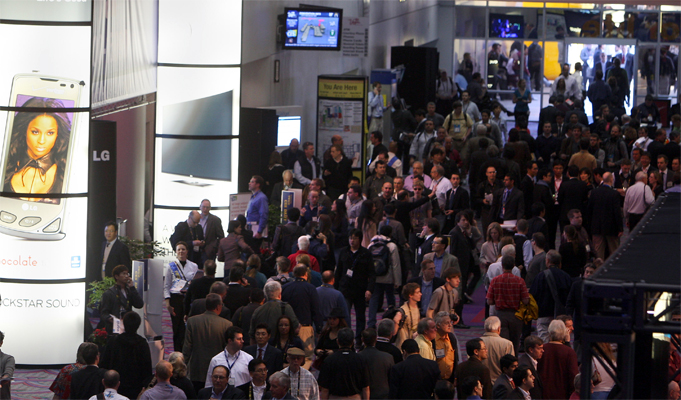
New Breed of Bold, Experimentative Consumers
– Indian consumers are becoming more and more indulgent with food (and vegetables), and they are experimenting with new and foreign cuisines; they are seeking variety and are open to international brands. They profess to enjoy foreign food and are ready to pay more for premium or organic food items. This is a huge shift from the last decade.
– As a result, new foods like quinoa, different kinds of brands, etc, are now available at regular supermarkets and large kiranas today and they have an increasing shopper base.
– Consumption of new and exotic food items, salad dressings, syrups, etc., have gone up dramatically over the last year.
5. The future is going to be HEALTHY!
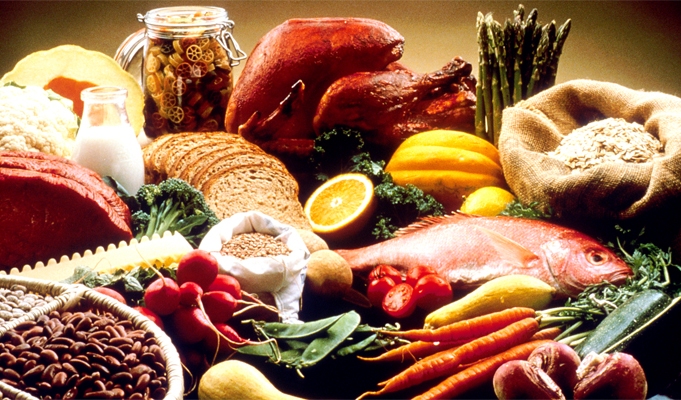
– Indian consumers are now conscious of the effect their busy lifestyle has on their health. They equate fast food with junk and are showing a marked preference towards branded packaged food, fruit juices, health drinks, low fat , organic food, etc. Packaged fruit juice consumption as a category has grown 15 per cent over the last year.
– In order to maintain a healthy diet, consumers are limiting the intake of high calorie and high cholesterol food items.
– They are more likely to indulge in new food items, which they think can also address their health concerns.
6. Convenience, the New Driver of Consumption

– Rapid urbanisation, demanding lifestyles have increased time-starved consumers exponentially and the segment that values convenience has grown – consumers are more likely to seek for convenience in their consumption or shopping for food items, over other considerations.
– This has led to a rising incidence of consumption of food items like ready-to-eat foods, processed foods and packaged foods like frozen paneer, vegetables, etc. The consumption of packaged pasta alone has gone up by 28 per cent over last year!
– Even for eating out, there is a conspicuous growth of consumers visiting shopping malls for eating out at Food Courts than stand-alone high street restaurants/ joints.
7. A cocktail of old and new, with a twist!
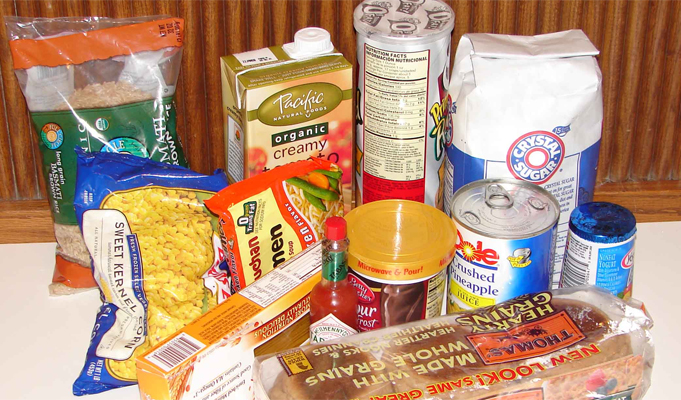
– Food products dominate the lifestyle occasions in Indian life and the combined ‘food’ category accounts for 29 per cent share of the festival wallet.
– Packaged sweets, Juices, Fruits etc. are the most preferred gifting items; chocolates is becoming a new mithai though contributed mainly by the north and east.
8. Old Learnings Shape New Models
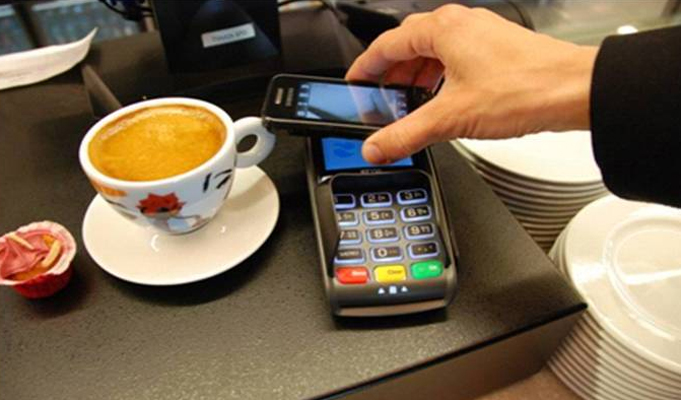
– The digital natives are representing the new consumption base in India; online shopping is a deeply embedded behaviour in these new customers, a fact which will define how food retailing will take shape in the coming years. It will be critical to include digital touch points along the entire path to purchase.
– From mom-and-pop kiranas to super markets, hypermarkets to online grocers, Indian food shopping has slowly arrived full circle with a learning that home delivery is the only constant.
– Home delivery of groceries and other daily staples like milk was a well-established tradition in Indian families and even though food shopping has become complex, involving several channels, a new model has emerged where consumers can visit the retailer’s website, use an app and pick up the phone to order at home.
9. Men are from MARS, no longer!
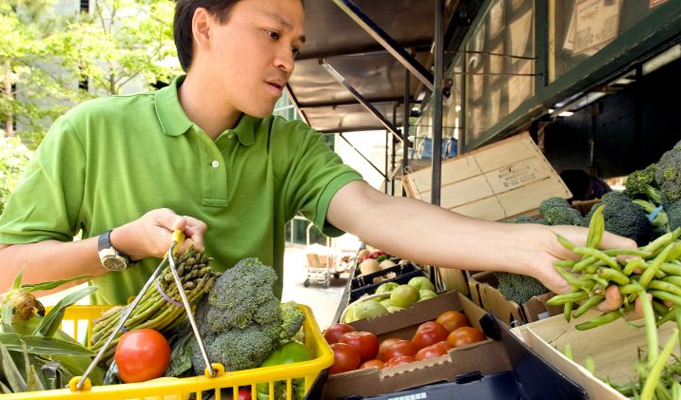
– Family grocery shopping has been the accepted domain of women for the longest time; however, modern, social and demographic shifts have challenged traditional gender roles within the family unit. Indian men are now engaged in grocery shopping more freely and frequently.
– There has been a 4x increase in male shoppers (Y-o-Y ) compared to 3x growth in women.
– 69 per cent of the online F&G shoppers in India are in the age group of 25-34 years, and more than half of them are men.
10. The Hungry Indian Food Consumer
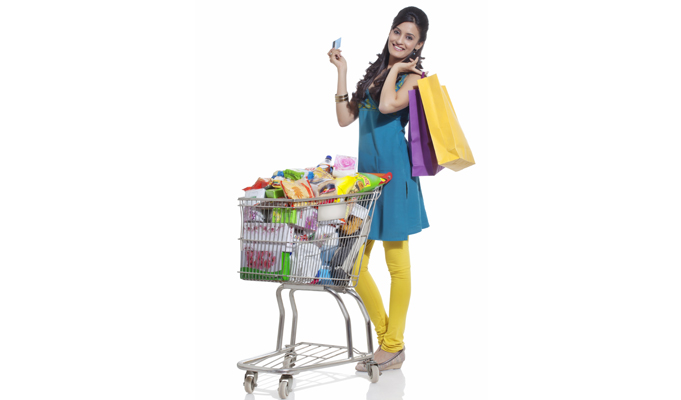
To conclude, the Indian Food Consumer is hungry and the appetite is growing voraciously. Growing disposable incomes, exposure and ambition is breeding even more consumption. The global recession seems to have had little impact on the urban Indian shopper’s consumption habits and her food shopping and consumption behaviour has only evolved.
The emergence of new channels and the combined growth of all of them in tandem is a testament to how hungry the consumer is. What this really means is that convenience is king. And the consumer has to be at the centre of the food business strategy, which should allow her to decide when, where, and how to shop.
The consumer should be able to order anytime, anywhere, and from any device. Consumers should have the privilege to get their purchases in the store, at a separate delivery location, or through home delivery; they should have the freedom to decide their own shopping and delivery or pick-up windows to fit their packed schedules; and to be able to return items seamlessly.
The shopping behaviour of the future will be defined by many micro moments leading to the zero moment of truth. Winning at the zero moment will be the new measure for success in Food Retail.






